Wilmslow, The War Memorial c.1955
Photo ref:
W103011


More about this scene
This restrained war memorial was erected after the first war and added to after the second. It is always interesting to see the differences between the two. Apart from the heavier loss of life during the so called Great War, men then overwhelmingly joined the army with local conflict saw a much wider variety of occupations in the armed forces, and Wilmslow men were spread throughout the services and theatres of war.
Add to Album
You must be signed in to save to an album
Sign inShare This Photo
Buy a Print
Unframed, Mounted, Framed and Canvas prints in a range of sizes and styles.
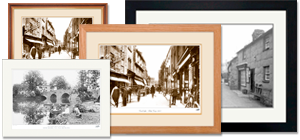
View Sizes & Prices
Featuring this image:
War Memorials
A special selection of photographs from our Archive of the War Memorials that connect us with those who fought and perished in the conflicts that have shaped the world we live in today. "They shall grow not old, as we that are left grow old: Age shall not weary them, nor the years condemn. At the going down of the sun and in the morning, We will remember them."- Laurence Binyon, For The Fallen
A Selection of Memories from Wilmslow
For many years now, we've been inviting visitors to our website to add their own memories to share their experiences of life as it was, prompted by the photographs in our archive. Here are some from Wilmslow
Sparked a Memory for you?
If this has sparked a memory, why not share it here?

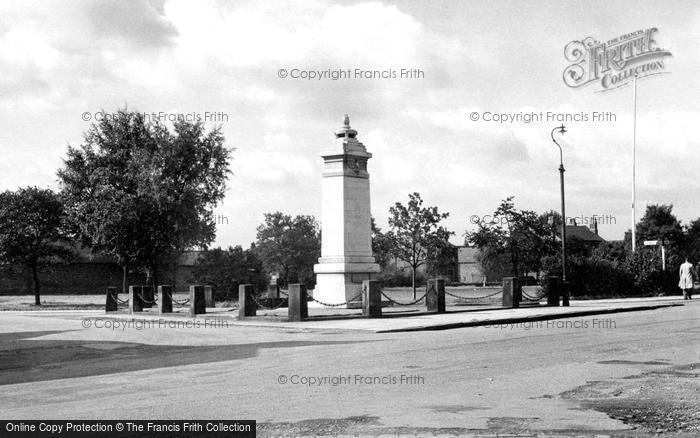
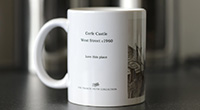
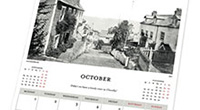
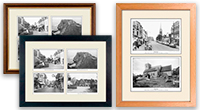
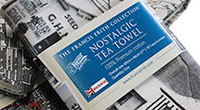

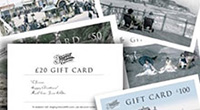
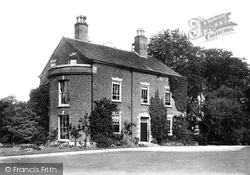
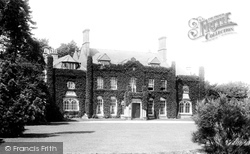
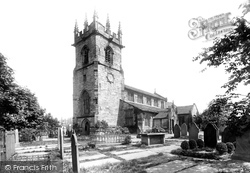
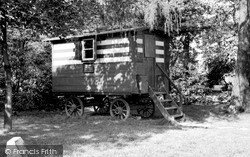
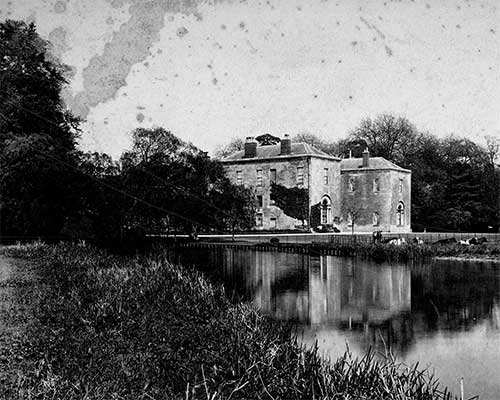 Before
Before
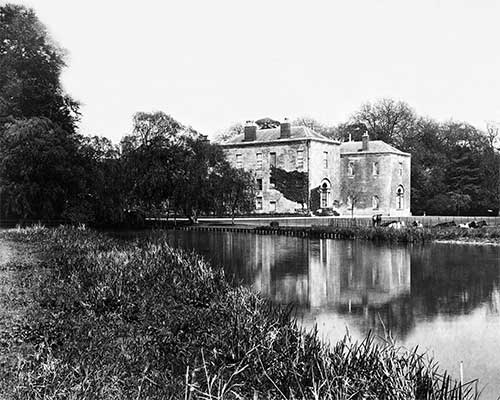 After
After